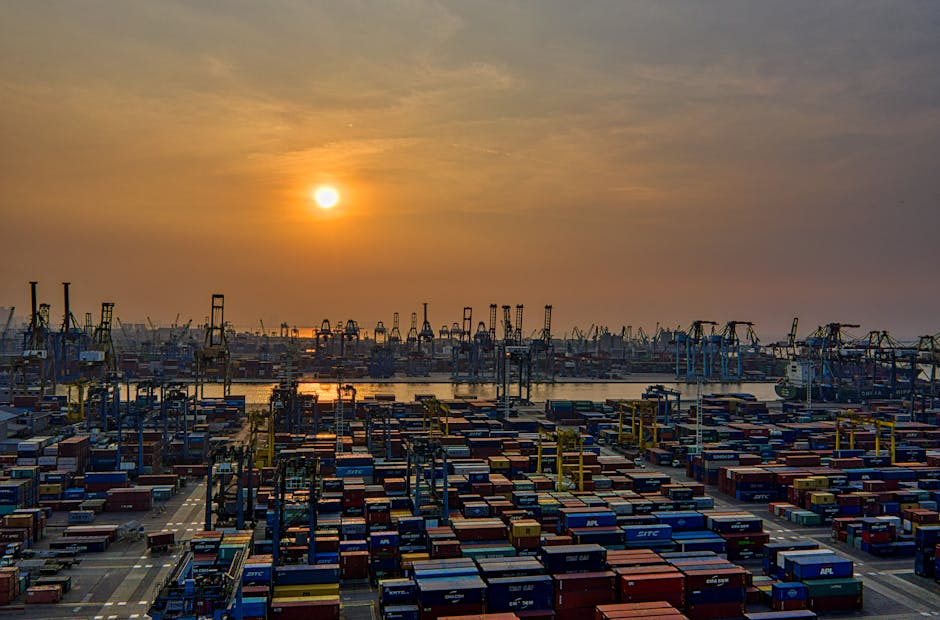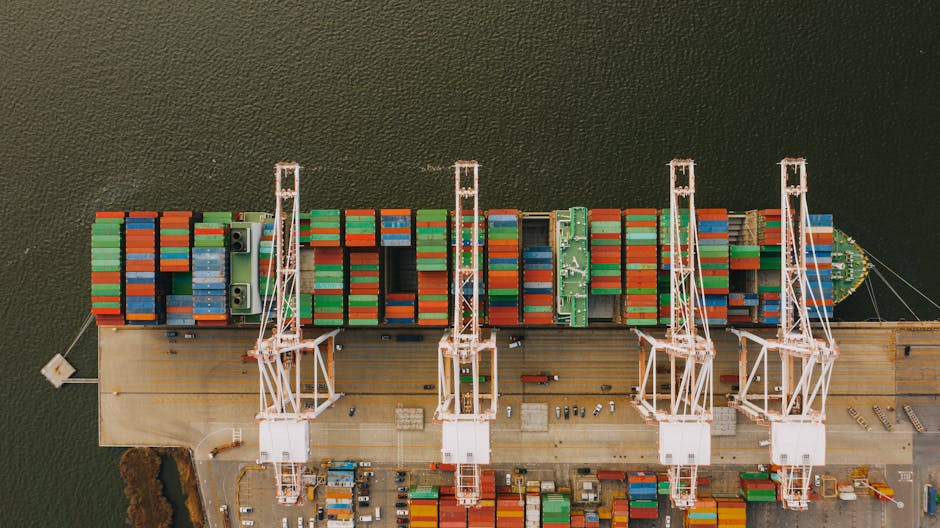Understanding International Shipping Costs Explained
Have you ever wondered why shipping costs vary so much? you’re not alone! The world of international shipping can be confusing. But don’t worry; were here to break it down for you. Lets explore how shipping costs work and what factors influence them.
What Are International Shipping Costs?

International shipping costs are the fees associated with transporting goods across countries. These costs can include several elements like transportation fees, taxes, and customs duties. To put it simply, it’s what you pay to send something from one country to another.
According to the World Bank, global trade volume has increased by about 30% in the last decade. So, understanding these costs is essential for businesses and consumers alike. Whether you’re sending a gift or running a business, knowing how shipping works helps you plan better.
Why Do Shipping Costs Vary?

Shipping costs can change based on various factors. Here are some of the main reasons:
- Distance: The farther you ship, the more it costs. Think of sending a package from New York to London versus from New York to New Jersey. The longer distance requires more fuel and time.
- Weight and Size: Heavier and larger packages usually cost more to ship. For example, shipping a small book is cheaper than sending a large piece of furniture.
- Shipping Method: Different shipping options like air freight, sea freight, or land transport come with varying costs. Air freight is fast but more expensive, while sea freight is cheaper but takes longer.
- Customs Fees: Every country has it’s rules regarding imports. Duties and taxes can add to your costs, depending on what you’re shipping and where it’s going.
- Seasonal Demand: Around holidays, shipping costs may rise due to high demand. For example, sending packages during the holiday season can be pricier because everyone is shipping gifts.
What Are the Key Components of Shipping Costs?

Shipping costs are made up of several parts. Lets break down each component:
1. Base Shipping Rate
This is the starting cost of shipping your package. It usually covers the basic transportation from point A to point B. Carriers set these rates based on distance and weight.
2. Fuel Surcharge
Fuel prices fluctuate, and carriers often add a fuel surcharge to cover these changes. It’s like a small extra fee that varies month to month.
3. Customs Duties and Taxes
When goods cross borders, they may be subject to customs duties. This is a tax imposed by the destination country. For example, if you were to send electronics overseas, the receiving country might charge you a percentage of the item’s value as a customs duty.
4. Insurance
Insurance protects your package against loss or damage. While it adds to the cost, it’s often worth it, especially for valuable items. Think of it as a safety net for your shipment.
5. Handling Fees
Some carriers charge handling fees for special requirements, like fragile items or oversized packages. It’s a fee for the extra care they need to take.
How to Calculate Your Shipping Costs?

So, how do you figure out what your shipping will cost? Heres a simple way to do it:
- Determine the weight and size of your package.
- Choose your shipping method (air, sea, or land).
- Look up the base shipping rates from different carriers.
- Add any additional fees (fuel, customs, handling).
Many shipping companies have online calculators. You simply enter your package details, and they provide an estimate. It’s a quick way to find the best deal!
What Are Common Mistakes to Avoid?
Shipping can be tricky, and people often make mistakes. Here are a few common ones:
- Not checking multiple carriers: Prices can vary widely. Always compare rates from different shipping companies.
- Ignoring customs rules: Each country has different customs regulations. Make sure you know what’s allowed and what isn’t.
- Underestimating package weight or size: If you miscalculate, you could end up paying more than expected.
- Skipping insurance: If you’re sending valuable items, consider getting insurance. It can save you a lot of trouble later.
What Are Some Tips for Reducing Shipping Costs?
Want to save money on shipping? Here are some practical tips:
- Consolidate Shipments: If you have multiple packages, try to send them together. It often costs less than sending them separately.
- Choose Slower Shipping Options: If you’re not in a hurry, opt for slower shipping methods. they’re often cheaper.
- Use Flat-Rate Boxes: Some carriers offer flat-rate shipping. It can be a good deal for heavier items.
- Take Advantage of Discounts: Look for discounts or promotions offered by carriers, especially during the holiday season.
How Do Customs Duties Work?
Customs duties can be a bit perplexing. Heres a simple breakdown:
When you import goods, customs authorities assess the value of those goods. They then apply the appropriate duty rate, which can vary based on the product category and country of origin.
For example, importing clothing might attract a different duty rate than electronics. it’s crucial to check the duty rates for your specific items to avoid surprises.
For more information on customs duties, you can visit the official [U.S. Customs and Border Protection](https://www.cbp.gov/) website.
What Should You Know About International Shipping Regulations?
Each country has its own shipping regulations. Here are some important things to remember:
- Prohibited Items: Certain items may be banned from import. Check the list for the destination country to avoid issues.
- Documentation: Proper paperwork is crucial. Missing or incorrect documents can delay your shipment.
- Country-Specific Taxes: Some countries charge additional taxes on imported goods. Be aware of these to avoid surprises.
How to Choose the Right Shipping Carrier?
Choosing the right shipping carrier can save you both time and money. Heres what to consider:
- Reputation: Look for carriers with good reviews and a solid track record.
- Services Offered: Make sure they provide the shipping options you need.
- Tracking Capabilities: Choose carriers that offer tracking so you can monitor your package’s journey.
- Customer Support: Good customer service can make a big difference if issues arise.
Conclusion: Making Shipping Work for You
Understanding international shipping costs doesnt have to be daunting. By knowing the factors that influence these costs, you can make smarter shipping choices. Remember to compare rates, check customs rules, and consider all fees involved.
With these tips and insights, you’re better equipped to navigate the world of international shipping. So go ahead, ship that package with confidence!
Want to learn more about shipping logistics? Check out our detailed post on Shipping Logistics 101.


